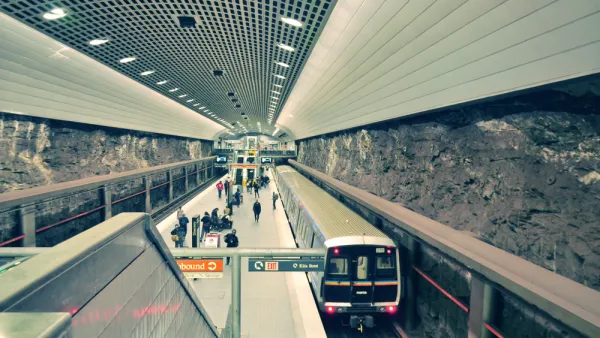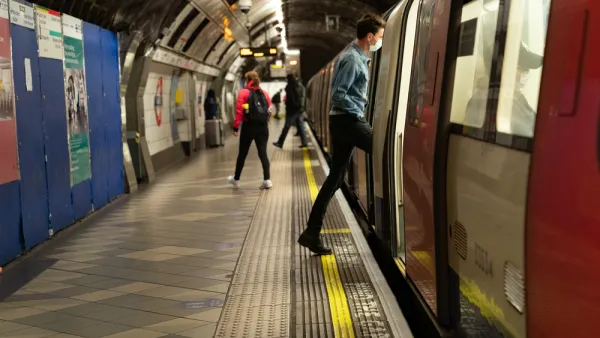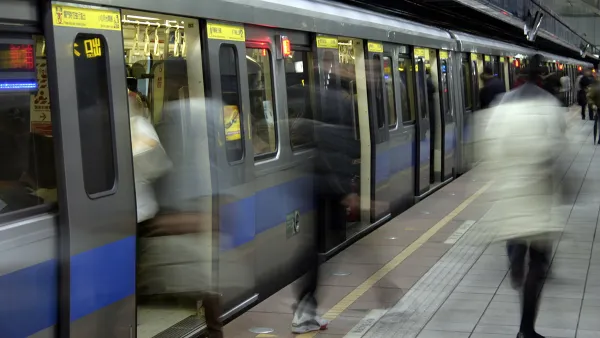While COVID-19 is a unique moment in American history, experiences from past pandemics shed light on how the pandemic might shape public transit ridership.

'What does history suggest will happen to transit ridership in America after COVID-19?' asks an article by Jake Blumgart, noting that "It’s impossible to know when, or if, ridership will ever fully recover because there’s no comparable analog to this moment in America’s modern history."
The unique challenges of our era don't compare to the 1918 flu pandemic, when remote work was essentially non-existent and people needed to leave their homes to complete daily tasks. At the same time, governments did not provide economic support, making staying at home and social distancing out of the question, and most Americans did not yet own automobiles. At that time, most transit users had no choice but to continue riding. Today, remote work and widespread car ownership allow more riders to choose a different option, despite the steps taken by transit agencies to reduce the chance of transmission on trains and buses.
As Blumgart writes, the 2003 SARS epidemic presents a more apt comparison. "A 2014 study by Kuo-Ying Wang found that for every new SARS case reported by the media, 1,200 subway users were lost. If anything remotely close to that holds, transit systems in the U.S. will have a long, long path to recovery." Facing continuing uncertainty, American transit agencies are debating a variety of options for adjusting service to better serve post-COVID travel patterns.
FULL STORY: What Does History Teach Us About Pandemics and Transit Ridership?

Analysis: Cybertruck Fatality Rate Far Exceeds That of Ford Pinto
The Tesla Cybertruck was recalled seven times last year.

National Parks Layoffs Will Cause Communities to Lose Billions
Thousands of essential park workers were laid off this week, just before the busy spring break season.

Retro-silient?: America’s First “Eco-burb,” The Woodlands Turns 50
A master-planned community north of Houston offers lessons on green infrastructure and resilient design, but falls short of its founder’s lofty affordability and walkability goals.

Test News Post 1
This is a summary

Analysis: Cybertruck Fatality Rate Far Exceeds That of Ford Pinto
The Tesla Cybertruck was recalled seven times last year.

Test News Headline 46
Test for the image on the front page.
Urban Design for Planners 1: Software Tools
This six-course series explores essential urban design concepts using open source software and equips planners with the tools they need to participate fully in the urban design process.
Planning for Universal Design
Learn the tools for implementing Universal Design in planning regulations.
EMC Planning Group, Inc.
Planetizen
Planetizen
Mpact (formerly Rail~Volution)
Great Falls Development Authority, Inc.
HUDs Office of Policy Development and Research
NYU Wagner Graduate School of Public Service




























